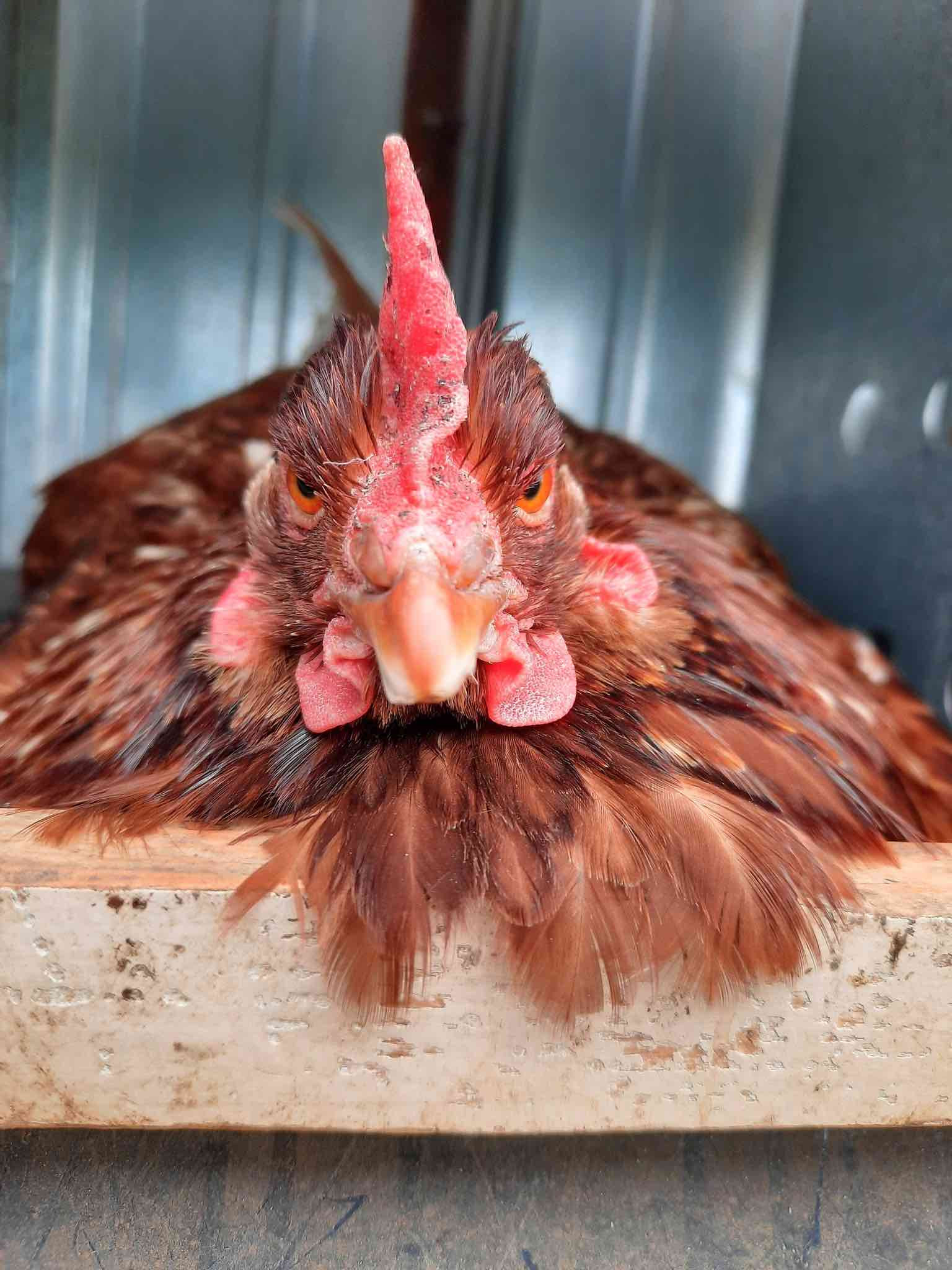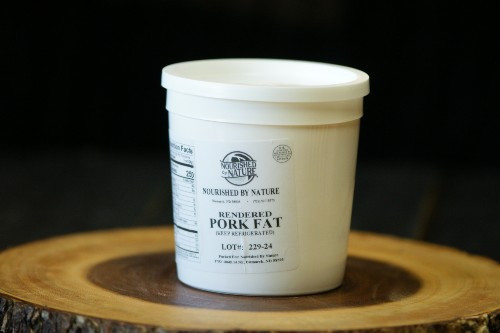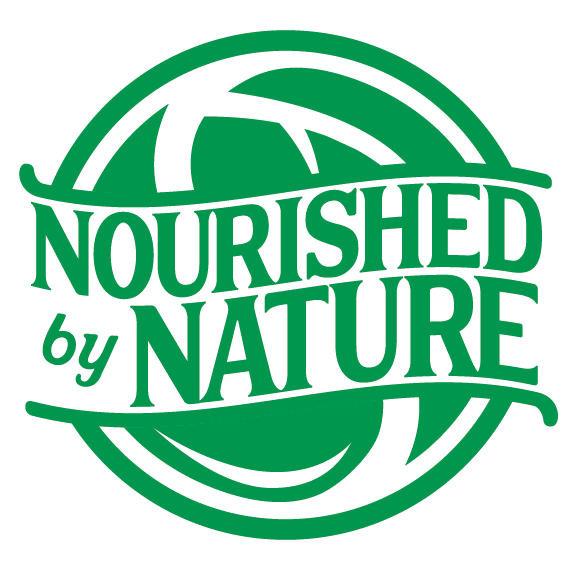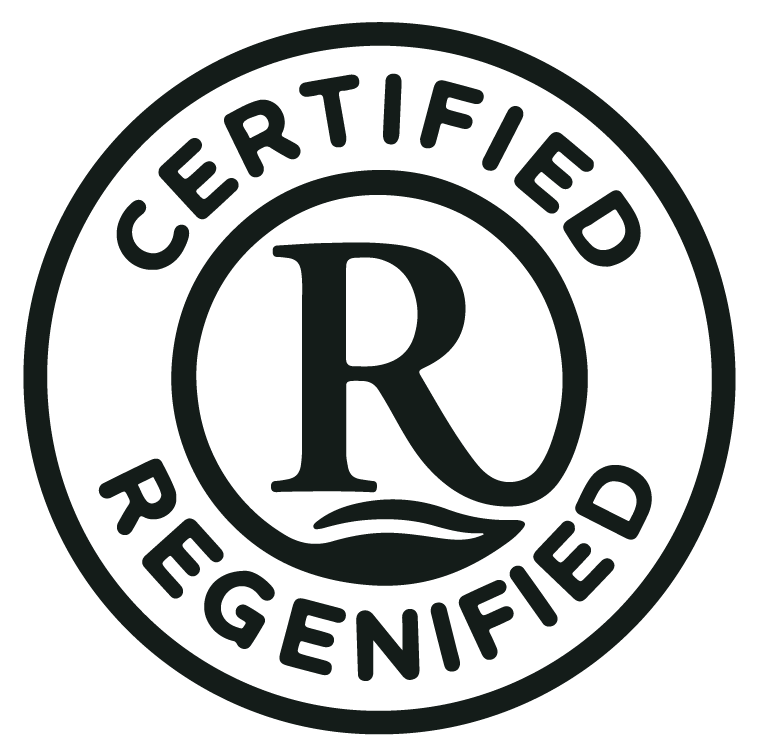What does Grass-Finished mean to us and for you?
posted on
February 22, 2018
While walking through the grocery store today we are bombarded with flashy labels on products that try to catch our attention. These labels can be confusing at times and lead us to wonder which products are really in line with what we want to purchase. This is where knowing your farmer can really help you know the answers to this question. In this post I will explain what we mean when we call our lamb and beef grass-finished.
Grassfed is one of these labels that has become very popular over the past few years in the meat case. 100% grassfed is nothing new, but it is currently one of the fastest growing food sectors experiencing 20% year over year growth over the past ten years. While this is a good thing and shows that consumer demand is changing, it has led to some companies cutting corners to take advantage of this growth. This is where you need to be careful when selecting cuts of meat for your family.
One of the corners being cut is the sourcing of beef from other countries. Currently, 80% of the grassfed beef sold in the meat case is sourced outside of the US. To be deemed and sold as USDA (United States Department of Agriculture) beef, the plant that the beef is processed at must meet USDA regulations, no matter which country it is located in. Some companies are taking this route because they can purchase imported beef cheaper than domestic beef. COOL (Country of Origin Labeling) was a law that required companies to identify the origin of their beef. However, it was repealed a couple of years ago, making it tough for consumers to know exactly where their beef originated and how it was raised.
Another issue within the grassfed beef industry is that there is no unified set of standards. This means that each company or farm can set their own protocols for what they consider grassfed beef. Therefore, it can be tough to decipher which of these products are superior to others. Most consumers equate grassfed to 100% pasture raised animals on forage but, more often than not, this is not the case. Some protocols are purer in the fact that the cattle they raise are only fed forage and no grain byproducts in a confinement setting. Others cut corners by allowing the feeding of distiller grains (a byproduct of corn that is converted into ethanol) and soybean hulls in confinement. While feeding cattle in this manner does decrease the time that it takes to get them to finish weight, it has shown to decrease the nutrient value within the beef itself. Studies have shown that beef fed grain or grain byproducts in a feedlot causes their nutrient content to diminish over time.
Although grassfed beef is lower in overall fat content compared to grain-finished, the fat that it does contain is much healthier. Fat profiles in grassfed beef contain higher levels of heart-healthy fats, vitamins, and antioxidants in the form of omega-3s, vitamin E, and conjugated linoleic acids. These attributes equate to a healthier cut of beef and it is why we at Nourished by Nature strive to put a true fat finish on them. Therefore, we identify our cattle and sheep as being truly grass-finished. “Grassfed” cattle that are fed grain byproducts in confinement typically reach harvest weight at 18-20 months of age whereas ours that are only fed forage finish at 27-30 months of age. This extra time allows us to keep our cattle on a very high plane of nutrition during their second year on the ranch. When fall comes around, they are truly finished because they have been consuming nutrient-dense forages throughout the summer which allows them to deposit high levels of healthy fats right up to harvest. These nutrients are then available to us when we consume this meat.
Although fresh meat may be convenient, it doesn’t necessarily mean that it is the highest in nutrient content for you and your family. Beef harvested out of the natural cycle provided by nature typically will not contain the nutrient levels of beef harvested within the right harvest season. Fresh beef has a shelf life of only a few days when in the meat case or only 45 days when vacuum-sealed. On the contrary, vacuum-sealed frozen beef has a much longer shelf life of at least a year. This means that beef sold as fresh only has a short window in the fall and early winter when it compares nutrient-wise to beef harvested in the fall that is frozen.
As you can see, there are many variables to consider when deciding which products are in line with what you want to feed your families. At Nourished by Nature we mimic natural cycles to provide the healthiest nutrient-dense products to you. We also feel that it is important to be transparent about the way we produce our products and that is why we have an open-door policy. We do not cut corners and take the health of our livestock and customers seriously.






